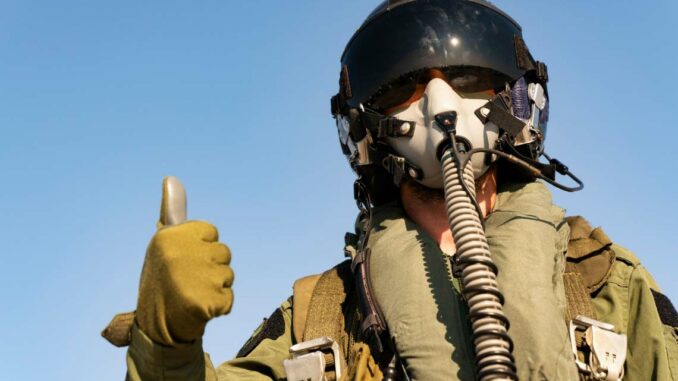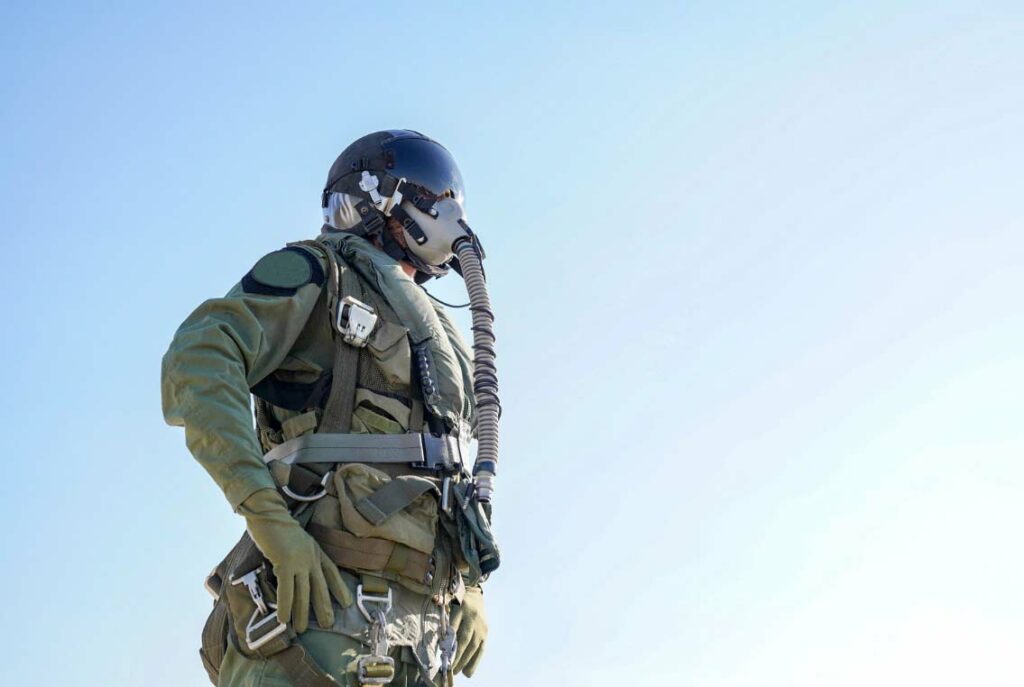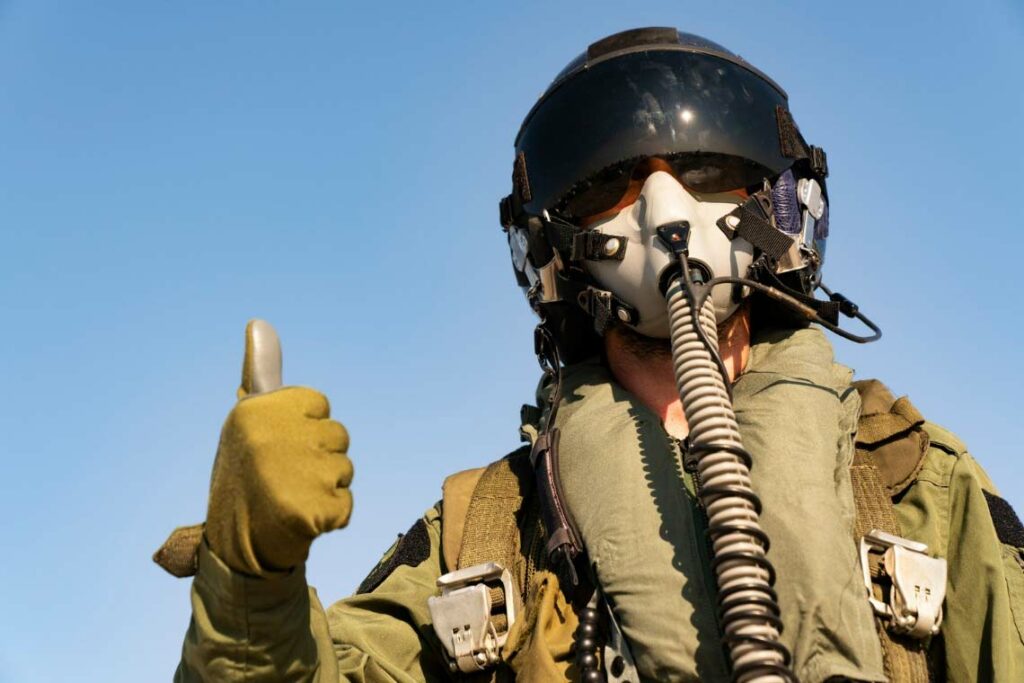
Explore the science behind G-suits for fighter pilots: how they work, materials, control and future technological developments. G-suits are a vital tool for fighter pilots, enabling them to withstand the extreme forces exerted on the human body during high-speed maneuvers. In this article, we explore the science and technology behind these revolutionary suits.

Understanding G-forces:
Before diving into anti-G suits, it’s essential to understand what G-forces are. G-forces, or gravitational forces, are measures of the acceleration experienced by an object relative to the Earth’s gravity. In aviation, these forces are particularly noticeable during sharp turns, rapid climbs and descents. They can cause a variety of physiological symptoms, including disorientation and, in extreme cases, fainting due to insufficient blood supply to the brain (G-LOC).
Operating principles :
The G-suit is designed to counter the effects of G-forces by applying pressure to the pilot’s body, particularly around the legs and abdomen. This pressure prevents blood from pooling in the lower parts of the body, a phenomenon known as “pooling”. By maintaining adequate blood flow to the brain, the suit helps prevent loss of consciousness and keeps the pilot alert and operational.
Structure and materials:
Modern G-suits are made from advanced materials that are both lightweight and durable. They incorporate pneumatic bladders that can be rapidly inflated to exert the necessary pressure. These bladders are often made from soft but tough materials, such as reinforced nylon, to ensure both comfort and efficiency.
Control System:
Pressure management in G-suits is crucial. Modern systems are equipped with sensors and microcontrollers that automatically adjust pressure according to the G-forces experienced by the pilot. This real-time adaptation is essential to ensure effective protection throughout the flight, whatever the maneuvers performed.
Pilot training and adaptation:
Although the G-suit is an indispensable tool, it is only part of the equation. Pilots undergo rigorous training to build up their tolerance to G-forces. This training includes the use of centrifuges and flight simulators, enabling pilots to adapt to the sensations and physiological reactions associated with high G-forces.

Limitations and future developments:
Although today’s G-suits are highly advanced, research continues to improve their efficiency and comfort. Future challenges include reducing weight, improving flexibility and integrating more advanced systems for even more precise adaptation to flight conditions.
The anti-G suit is a remarkable example of engineering applied to human physiology. It represents a crucial balance between technology and biology, enabling fighter pilots to push back the limits of human performance while remaining safe and functional in extremely demanding environments. As technology continues to evolve, we can expect even more impressive advances in this crucial area of aeronautics.
War Wings Daily is an independant magazine.